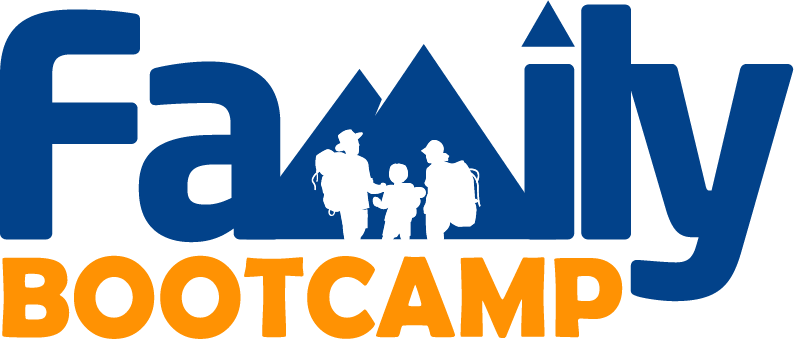What professional help is available for those who self-harm and those who love them?
/Successful treatment programs for self-harm behavior incorporate elements that teach the regulation of emotions, interpersonal worth, the ability to tolerate stress, personal mindfulness, and self-management skills within a nonjudgmental context (Slee, Arensman, Garnefski, & Spinhoven, 2007). Clients are encouraged to become the benevolent observer of self and circumstances. The main goal of therapy is to achieve unity with the self, others, and the world in order to make a positive contribution. This is a way of life that is congruent with the human community. Healing allows the development of self-worth, courage, and the ability to view others with optimism. Through this process, self-harm behaviors are reduced and less potentially damaging strategies to decrease emotional angst are developed.
How can I find an intensive outpatient treatment program for self-harm?
Intensive outpatient treatment is available for adults and teens. Therapy Associates in Saint George, Utah offers professional services for adults and teens. Therapy Associates offers the Family Bootcamp program as well. Clients benefit from individual therapy, group therapy, and family therapy.
Individual Therapy
Meeting one on one with a clinician provides teens with an understanding, caring, and neutral party with whom to share thoughts, feelings, emotions, and difficulties. Being able to build a relationship of trust with a responsible, objective adult provides support for a teenager to achieve an outside perspective concerning the problems they are dealing with in their lives.
An outsider may not understand the complexities of teen life. Adolescence is viewed as a confusing developmental phase (Prout, 2007). A competent counselor will not over interpret apparently bizarre behavior or become frustrated by the unpredictable course of treatment. Teens are at a crossroads with developmental tasks and exhibit idiosyncrasies that are not abnormal for their stage of life. Counselors will distinguish between occasional explorations of risky behavior versus chronic patterns of dysfunction (Prout, 2007).
Group Therapy
Research on treatment for teens has shown that group therapy is an effective modality for working with youth (Corey, Corey & Corey, 2010). Therapy Associates offers several groups on a weekly basis.
The group experience is the optimum environment for new learning to occur. Learning is thought to be a combination of self-disclosure and feedback (Corey, Corey & Corey, 2010). Teenagers especially benefit from group feedback. The ability to choose behavior that works within the context of a common worldview and shared past experiences is accelerated through the group experience. Group participants acquire the ability to participate in activities that contribute toward personal change within the culture of the group and the culture of the family of origin. These goals are accomplished through the improved belief in personal ability and the ability to continue despite obstacles and setbacks.
Family Therapy
A holistic treatment approach often includes family therapy. Family therapy sessions with parents, the target child, and siblings can be an effective intervention for stabilizing and resolving behavioral challenges. Family therapy improves relationships by providing a platform for communication and problem solving between the children and the parents. Family therapy can be a useful tool when a teenager is resistant to attending individual therapy. Family therapy can add perspective to many problems that are family issues rather than focusing specifically on the teen’s problems.
The focus in family therapy is on the family system, not the individual (Corey, Corey, & Callanan, 2011). Both state law and ethical code define family therapy as the diagnosis and treatment of mental and emotional disorders, whether cognitive, affective, or behavioral, within the context of interpersonal relationships (AMHCA, 2010). The term includes, without limitation, the rendering of professional marital and family therapy services to a person, couple, family, or family group, or other group of persons.
There are several websites that are available for help with self-harm behaviors and the difficulties that accompany them:
Bodies Under Siege Web Ring www.angelfire.com/or/kharreshome/busring.html
Secret Shame www.palace.net/~llama/selfinjury
Self-Injury Resources Page www.geocities.com/Wellesley/1520/selfharm.html
Sidran Foundation www.sidran.org/
Healing Self-Injury www.healingselfinjury.org
NSHN (National Self-Harm Network) www.nshn.co.k
SAMSHA www.samhsa.gov/topics.aspx
References
American Mental Health Counselors Association. (2010). AMHCA Code of Ethics (Revised 2010). Retrieved from https://www.amhca.org/assets/news/AMHCA_Code_of_Ethics_2010
Corey, M. S., Corey, G., & Corey, C. (2010). Groups process and practice (8th ed.). Pacific Grove, CA: Brooks/Cole.
Corey, G., Cory, M. S., & Callanan, P. (2011). Issues and ethics in the helping professions (8th ed.). Belmont, CA:Brooks/ Cole.
Slee, N. Arensman, E. Garnefski, N., & Spinhove, P. (2007). Research trends: Cognitive-behavioral therapy for deliberate self-harm. Crisis, 28(4), 175-182.
Prout, H. T. (2007). Counseling and psychotherapy with children and adolescents: Historical developmental, integrative, and effectiveness perspectives. In H. T. Prout & D. T. Brown (Eds.), Counseling and Psychotherapy with Children and Adolescents: Theory and Practice for School and Clinical Settings (4th ed.), (pp. 1-31). Hoboken, NJ: John Wiley & Sons, Inc.

